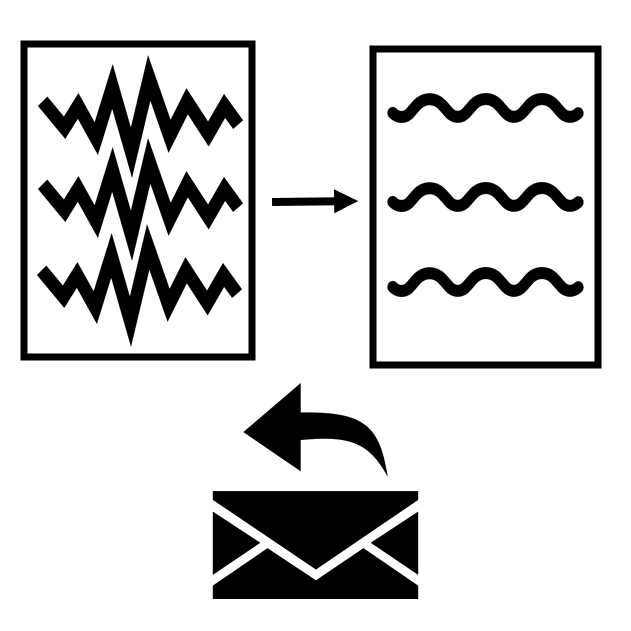
AI Reformulation and Reply
If you are like me, you want to maximize the number of opportunities for your students to practice their writing. But if your students are like mine, they won’t write a word unless it is scored, unless they receive actionable feedback, and unless they feel the presence of a reader. Well, I have developed an app for that.
The app is a writing assignment plugin on Labodanglais.com and Labodefrancais.com called “Reformulation and Reply.” Here’s what it does.
The learner writes a meaningful message, like an email or an essay. After that, the learner submits the text to the system, and the system reformulates the text in standard English/French. When the learner sees the feedback page, the system shows the submitted text and the reformulation side-by-side. Each difference between the original and the reformulation is highlighted, and then a score is calculated based on the dissimilarity of the two texts.
The more similar the texts are, the higher the score. The greater the number of reformulations, the lower the score.
Types of reformulation
It should be mentioned here that the system can reformulate the text to make it more poite, more informal, more slang, more Shakespearean, more grumpy, more friendly, and more academic. It depends upon the goal of the lesson. The teacher can choose the nuance. Afterall, language can communicate information as well as tone, age, group membership, attitude, and register–among other things.
For example, you could ask students to write in slang.
Or, ask your students to practice writing Shakespearean English.
Meaningful replies
That’s cool in its own right. However, I went a step further and created a way for the teacher to request a meaningful reply. With email writing assignments, you can ask the system to reply to the student’s email, answering any questions the student may pose. Or, you can ask the system to explain the learner’s errors or suggest ways to improve the text to make it more scholarly, etc. The AI could also continue a story the student started or provide a counterargument to the student’s point of view. In this way, you can make students aware of the presence of a reader with an automatically generated personalized message.
Is it always going to be perfect? No. But this kind of AI can offer a more developed response than the usual checkmark and smileyface that teachers frequently add to the top of a student’s assignment to dramatize the presence of a reader.
Try it yourself
Contact me by email, and let me know that you would like to try AI with your students, and I will set you up. It’s easy. There’s no obligation. If you love it, great! If not, no worries.
